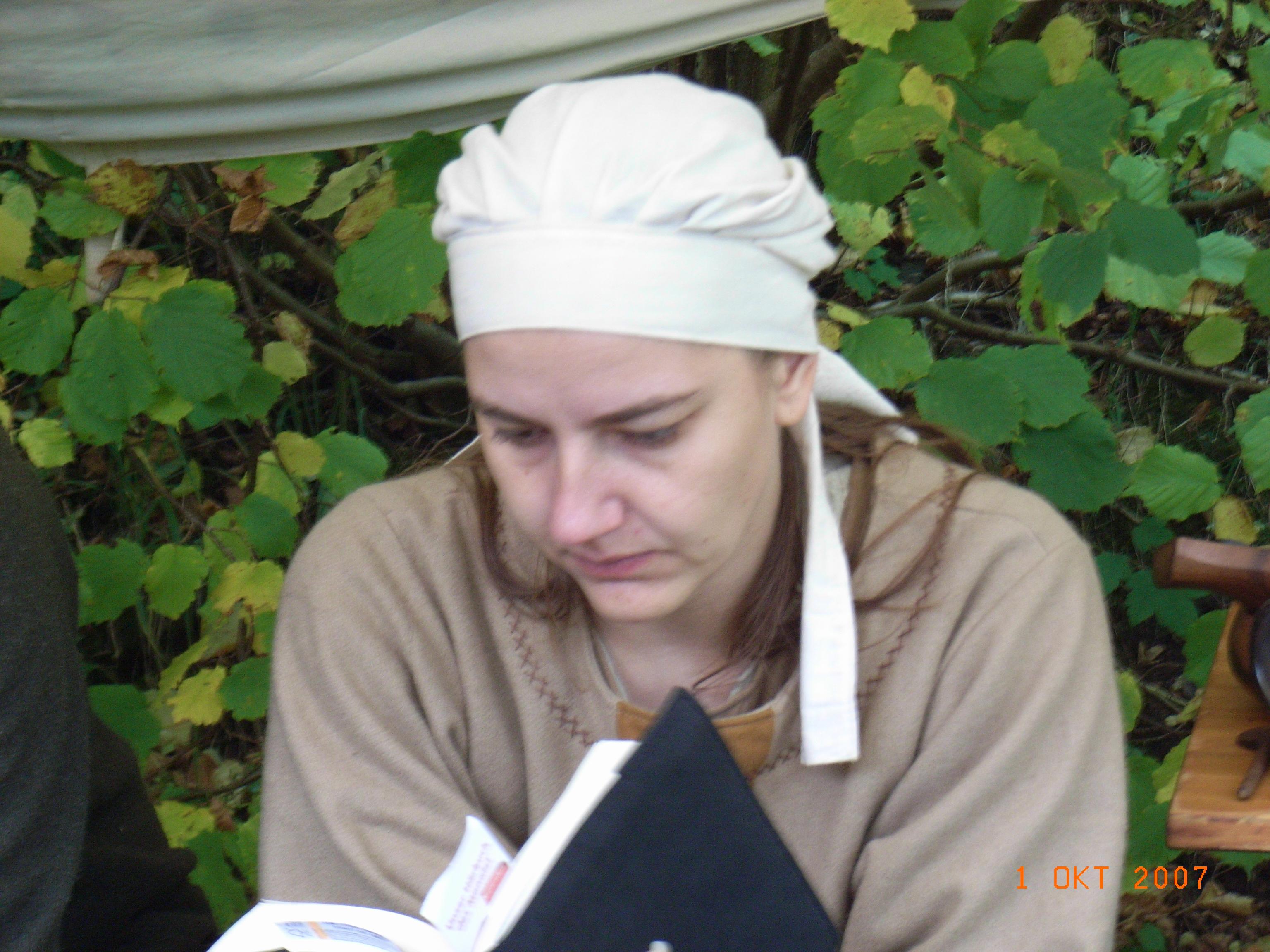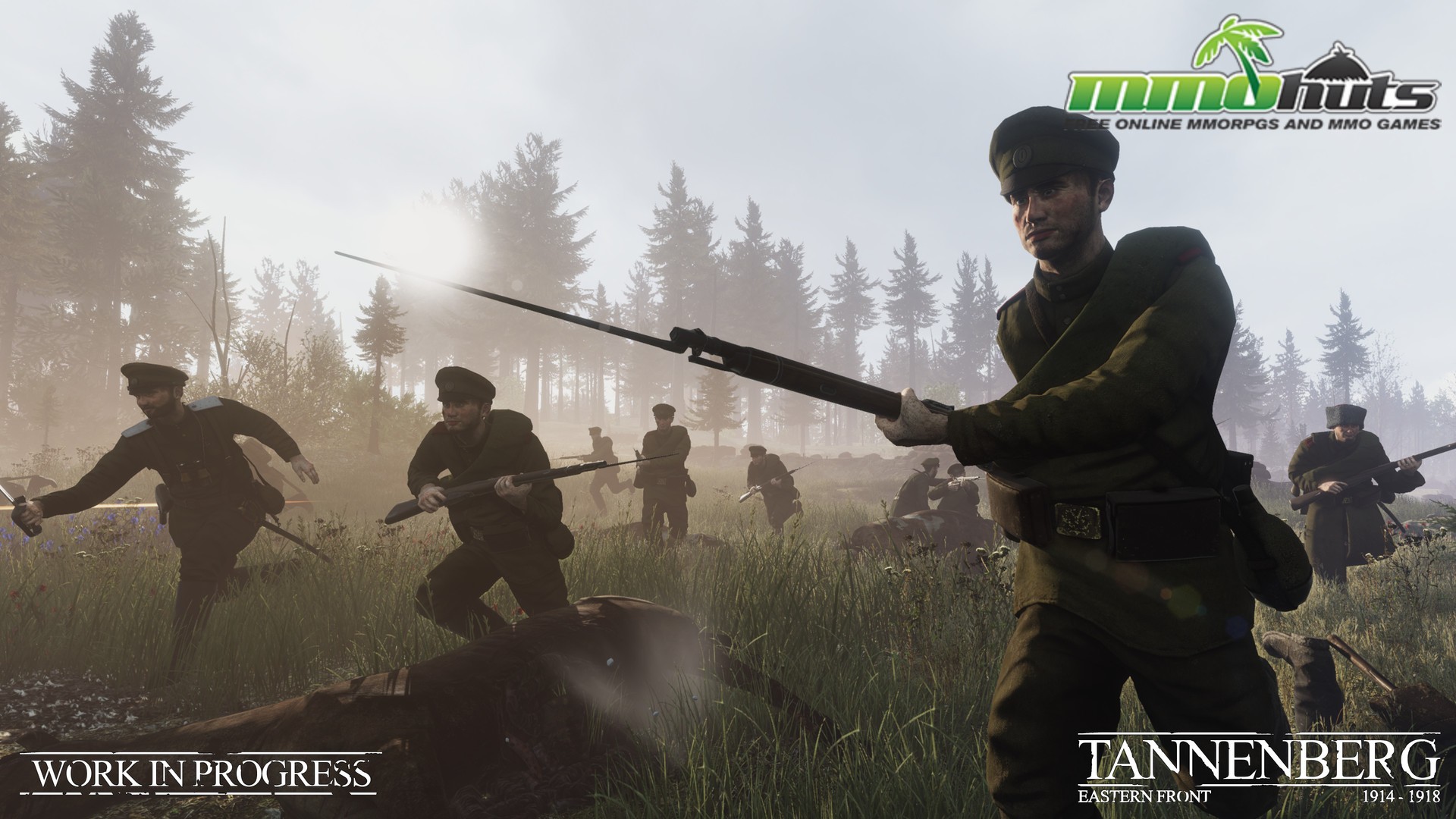
Despite their difficulties, the Russians promised the French that they would promptly engage the armies of Austria-Hungary in the south and on day 15 would invade German East Prussia. Russia intended to have 27 divisions at the front by day 15 of hostilities and 52 by day 23, but it would take 60 days before 90 divisions were in action.

Getting their men to the front would itself take time because of their relatively sparse and unreliable railway network (for example, 75% of the Russian railways were still single-tracked). Their Russian allies in the East would have a massive army, more than 95 divisions, but their mobilization would inevitably be slower. If the British Expeditionary Force (BEF) joined in accordance with their Allied treaty, they would fill the left flank. The French army's Plan XVII at the outbreak of the war involved swift mobilization followed by an immediate attack to drive the Germans from Alsace and Lorraine. The Eighth Army in East Prussia would go to war with barely 10 per cent of this total." The total strength of the fully mobilised German Army in 1914 amounted to 1,191 battalions, the great majority of which would be deployed against France. In the east, limited German forces would defend against any Russian attack until more forces became available from the west, fresh from victory over the French. According to Prit Buttar, "In combination with his own strong desire to fight an offensive war featuring outflanking and encircling movements, Schlieffen went on to develop his plan for a sweeping advance through Belgium. Germany entered World War I largely following the Schlieffen Plan. Although the battle actually took place near Allenstein ( Olsztyn), Hindenburg named it after Tannenberg, 30 km (19 mi) to the west, in order to avenge the Teutonic Knights' defeat at the First Battle of Tannenberg 500 years earlier. The almost miraculous outcome brought considerable prestige to Field Marshal Paul von Hindenburg and his rising staff-officer Erich Ludendorff.

It is also notable for the failure of the Russians to encode their radio messages, broadcasting their daily marching orders in the clear, which allowed the Germans to make their movements with the confidence they would not be flanked.

The battle is particularly notable for fast rail movements by the German Eighth Army, enabling them to concentrate against each of the two Russian armies in turn, first delaying the First Army and then destroying the Second before once again turning on the First days later.
ANNA TANNENBERG SERIES
A series of follow-up battles ( First Masurian Lakes) destroyed most of the First Army as well and kept the Russians off balance until the spring of 1915. The battle resulted in the almost complete destruction of the Russian Second Army and the suicide of its commanding general, Alexander Samsonov. The Battle of Tannenberg, also known as the Second Battle of Tannenberg, was fought between Russia and Germany between 23 and 30 August 1914, the first month of World War I. Vivat ribbon commemorating the Battle of Tannenberg, showing Wilhelm II and " Hindenburg the victor of Tannenberg" NOTE: Incorrect DOB from book - family tree lists DOB. Their children were Rosina, married William Cassler Maria Elizabeth, married John Schropp Anna Maria, married Philip Bachman David and Samuel." In 1804, as he was tuning a new organ he had built for the Lutheran Church in York, he suffered an attack of apoplexy of which, after a few days, he died.

His organs stood in high repute, and were ordered from Philadelphia, Baltimore, Albany, Lancaster and many more places. (He came with his family to Lititz in 1765, having purchased the "Pilgerhaus" for a residence and manufactory. Wife of the organ-builder David Tannenberg (colloquially, and usually written, Tanneberger). 143 but gravestone engraving looks like No. From book - Transactions of the Moravian Historical Society, published in 1905.


 0 kommentar(er)
0 kommentar(er)
